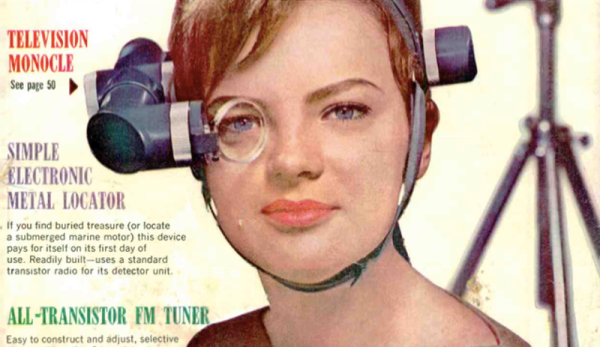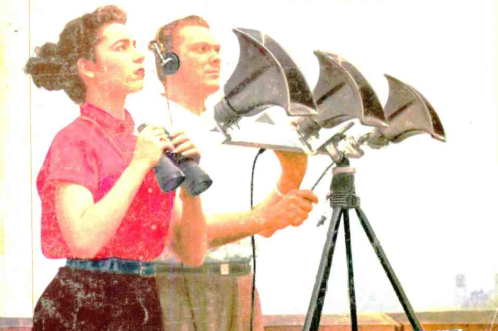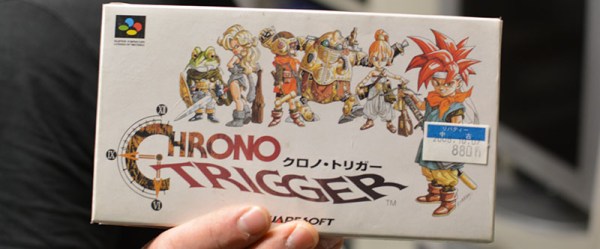Textfiles.com is the largest repository of BBS archives and digital writings in the world, and admin [Jason Scott] has a nearly single-minded devotion to saving the documents of and relating to our electronic age. Now, he’s in a bit of a pickle. He found 25,000 manuals for all kinds of electronic items. The collection goes back to the 30s, [Jason] wants to save them, and the current owner of the collection needs the space. Have you ever noticed how terrible books are to move?
Included in this collection just outside Baltimore, MD are thousands of manuals for various pieces of equipment going back to the 1930s. There are Tektronix manuals, HP manuals, and instructions and schematics for equipment that hasn’t been made in a very, very long time. [Jason] put up a Flickr gallery of the library in all its glory. There’s bound to be some very interesting stuff in there.
Of course the acquisition of tens of thousands of out of print manuals will never go smoothly. [Jason] needs to start emptying out the shelves on Monday. The current plan is to go through all the manuals, remove the duplicates, and shuffle them over to a storage unit about a mile away until they can be dealt with properly. If you’re around Baltimore, or more specifically Finksburg, MD, [Jason] could use a few hands to clear out this archive on Monday.















